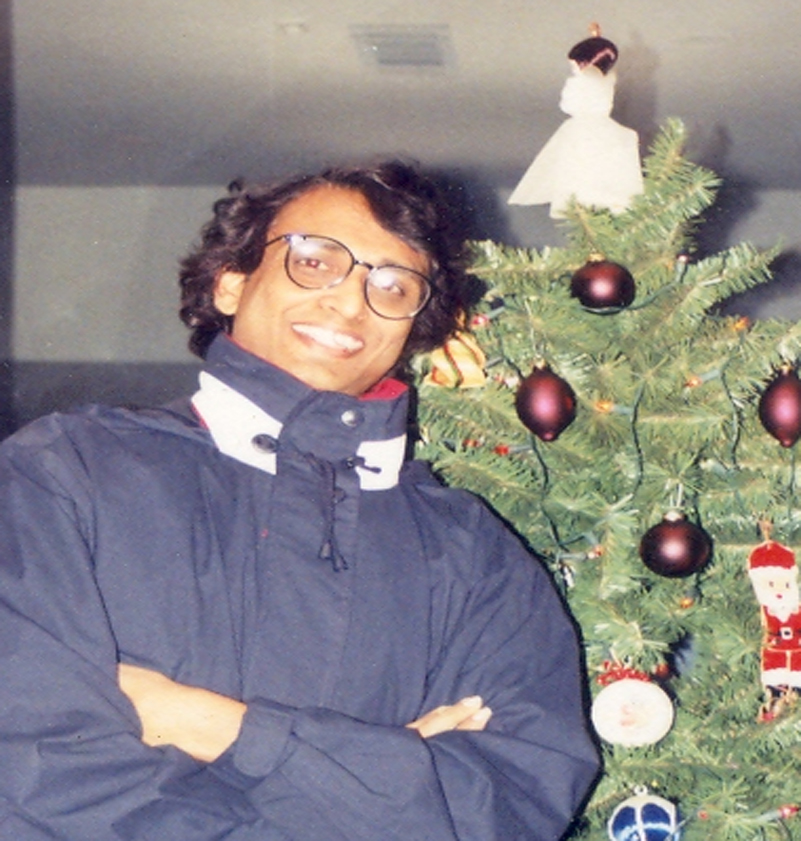Research Journey Unveiled: From Earth's Depths to Computational Frontiers
Embarking on my research odyssey as a Research Assistant in VECC Calcutta's Helium Recovery Division in 1990, I delved into experimental work under the mentorship of Dr. Debashis Ghosh, a student of the esteemed Prof. Shyama Das Chatterjee. My initial focus centered on comprehending the release of trapped helium and other gases resulting from the Earth's tectonic movements, aiming to predict seismic activity and geological phenomena.
Transitioning into my Ph.D. at IIT Kanpur's Nuclear Physics Laboratory, I harnessed Mossbauer spectroscopy and positron annihilation spectroscopy. Leveraging delicate nuclear techniques, I employed various radioactive sources, including a 57Co source with a strength of 50 mC. A closed-cycle helium cryostat operating at temperatures near 8K played a pivotal role in my research. Complementing these techniques, I utilized X-ray, SEM, TEM, EDAX, and more to scrutinize minerals, steels, alloys, coals, and an array of diverse samples.
The theoretical facet of my journey unfolded in IIT Kanpur's Materials and Metallurgical Department, where, as a research associate under Professor N. Chakraborti, I contributed significantly to the study of the Ti-C based ternary alloys phase diagram, funded by a DRDO project.
Venturing into my second post-doctoral role at Emory University, I immersed myself in studying the reaction kinetics of different proteins. Employing liquid helium and nitrogen Mossbauer spectroscopy, along with a 100 mC radioactive source, I received training from Emory Medical School and Hospital's radiological department on using radioactive sources and radiation hazard protection.
In 2006, I initiated my foray into theoretical computational work at BITS Pilani. Here, my focus shifted to studying various hybrid semiconductor nanoclusters, nanotubes, hydrogen storage systems, and other materials using density functional theory. This computational modeling and prediction of novel materials with potential applications have been a cornerstone of my research, culminating in the mentorship of three Ph.D. students in this dynamic field.









